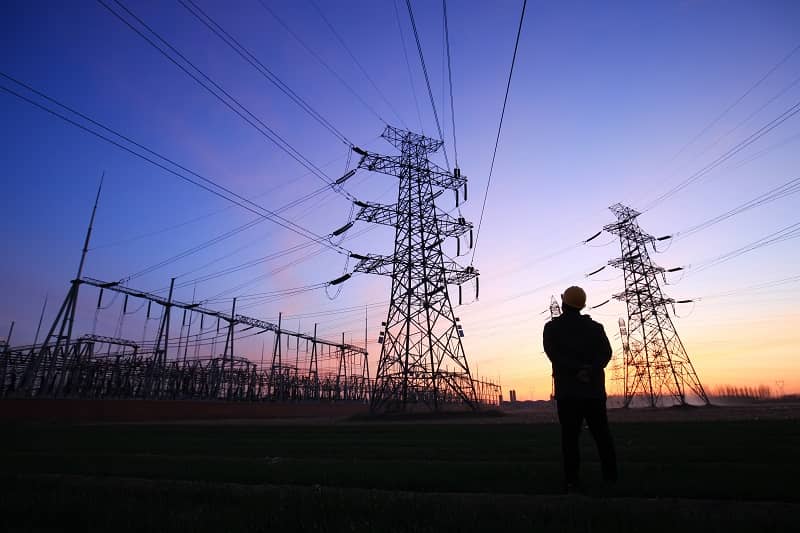By Steve La Fleur and Todd Wynn
Summary:The first alternative fuel vehicle to hit the market arrived without government subsidies. Within a decade, the gas-powered automobile dominated the market. While the emergence of automobiles took place more than a century ago, it is an excellent analogy to the current development of the electric car.
The first alternative fuel vehicle to hit the market arrived without subsidies or public infrastructure. It was initially thought of as a hobby toy for wealthy eccentrics. Yet within a matter of years, profit-seeking companies realized that this technology was ripe for mass consumption. Within a decade, the gas-powered automobile dominated the market. Despite the complete lack of government subsidies, the number of cars in America went from about 8,000[1] in 1900 to 17.5 million in 1925[2]. The free market allowed for the better technology to prevail.
The development of the automobile did not necessarily proceed because people were unhappy with the performance of horse-drawn carriages. Indeed, most people thought “horseless carriages” were just plain silly. The real reason for the triumph of the internal combustion engine was that it solved a major environmental problem.[3] Before the internal combustion engine, American cities were covered in horse manure. In 1908, it was estimated that 20,000 New Yorkers were dying each year due to diseases bred by the manure that caked the streets.
Entrepreneurs recognized the need for a cleaner mode of transportation and saw the opportunity to market automobiles as an alternative to the horse-drawn carriage. There was one potential hindrance, however. Automobiles required gasoline. Unsurprisingly, there was no such thing as a gas station when automobiles first hit the market. Because of this, early automobile owners relied on disparate bulk fuel stations, typically located outside major cities. They did not have any specialized equipment to deliver fuel, so they relied on ad hoc methods of refueling. By 1907, recognizing the need for efficient fuel delivery, Standard Oil of California, a private company, built what many consider to be the first modern gas station in America in Seattle (though some argue that the first was in St. Louis, circa 1905).
Although the emergence of automobiles took place more than a century ago, it is an excellent analogy to the current development of the electric car. While they likely will be cost-effective in the future, electric cars are currently expensive; and there is arguably a need for an extensive network of charging stations to keep them running. Environmentalists, eager to sound the death knell of the internal combustion engine, have lobbied successfully for many government subsidies to electric vehicle owners and producers.
The federal government recently introduced the $25 billion Advanced Technology Vehicles Manufacturing Loan Program (ATVMLP) to spur development of electric cars. They are also offering a $7,500 tax credit for electric cars, and the State of Oregon is offering a $1,500 credit. Federal, state and municipal governments are also heavily subsidizing a network of charging stations. PGE has installed about 20 charging stations in Oregon at ratepayers’ expense even though there were already 400 electric cars in Oregon, most of which were on the road before PGE installed these stations. These owners have relied on power outlets at their own homes for fuel.
A government-financed electric charging network very well could be a misguided and expensive effort in futility. In fact, it seems that the model they are attempting to adopt may be out of date already. Better Places, a California company, has invented a prototype for battery switching stations that would allow people to exchange their dead batteries for fresh batteries in less than 40 seconds.[4] These stations will cost around $500,000, whereas conventional gas stations cost between $1 million and $2 million dollars.[5] Ironically, Better Places is also one of the companies receiving massive government contracts to install electric charging stations. If their battery switch stations become widespread, they will have received millions of dollars for charge stations, which they themselves will have rendered obsolete. This illustrates precisely why governments should not try to pick winners and losers in the market for new technology.
If consumer demand for electric cars progresses, capitalists will be sure to cash in on it. Capitalism allows for the emergence of technological innovations, which render existing technology obsolete. When governments subsidize a “favored” technology, they artificially prolong the life of obsolete products. Only consumers are able to determine what products suit them best. If electric cars are technologically and financially viable, the free market will encourage their development without the need for government subsidies.
[1] Richard Bak, Henry and Edsel: The Creation of the Ford Empire (Hoboken, NJ: John Wiley & Sons, 2003), 30.
[2] http://www.census.gov/Press-Release/www/releases/archives/facts_for_features_special_editions/012439.html
[3] http://www.enviroliteracy.org/article.php/578.html
[4] http://www.msnbc.msn.com/id/30744602/ns/us_news-environment/
[5] http://www.msnbc.msn.com/id/30744602/ns/us_news-environment/











